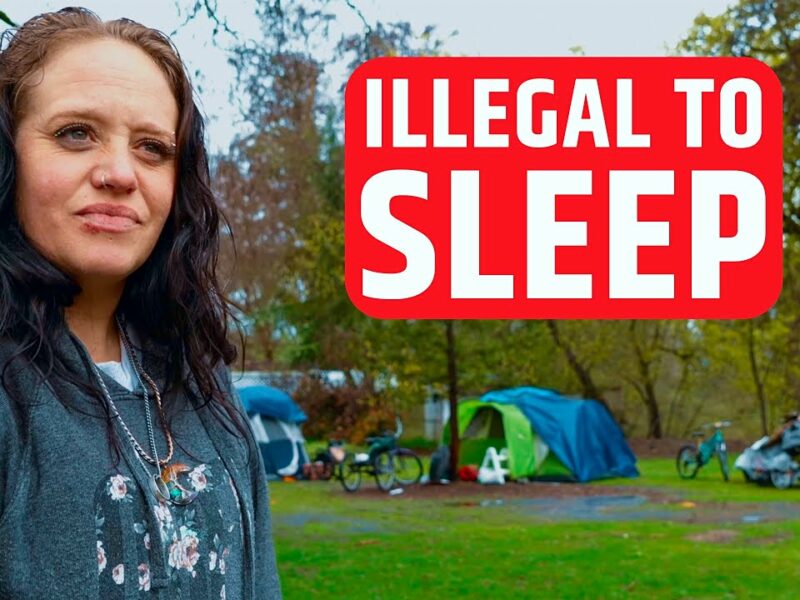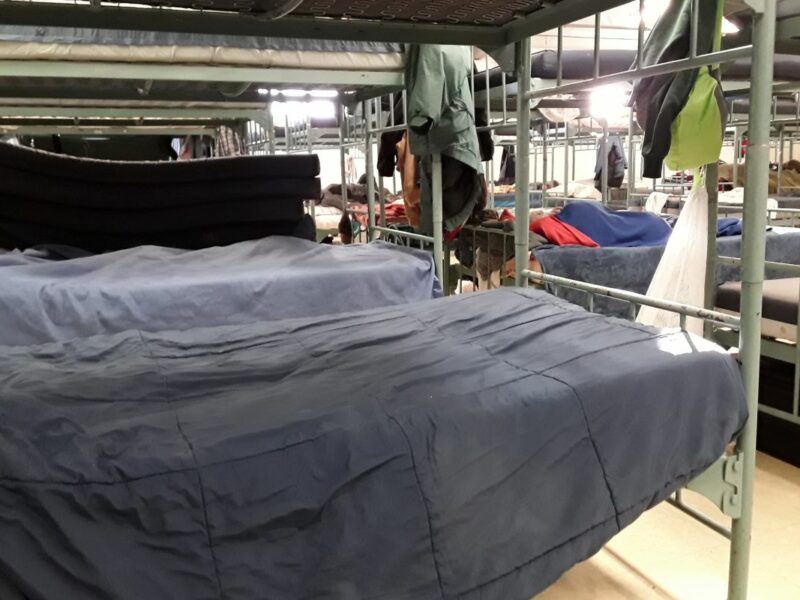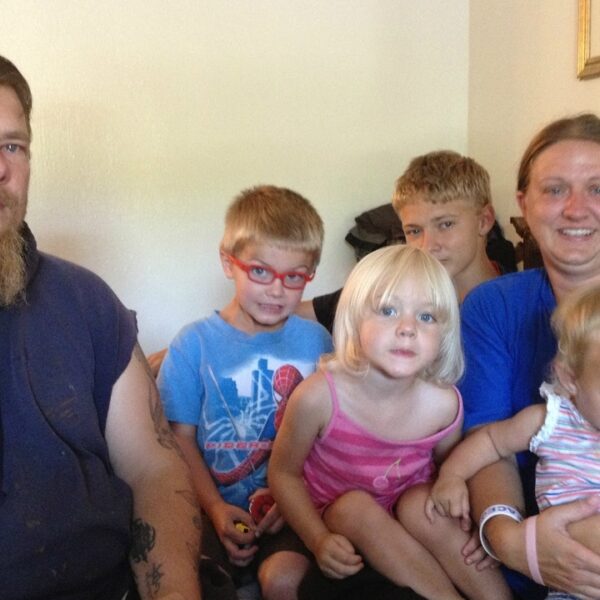“What we try to really do is not have that 25-year-old space be like this cliff that you fall off of… Like, you get all of these wonderful supportive services as a youth, and then you age out, and then what do you get?”
Danielle Werder of the Hennepin County Office to End Homelessness speaks on the hardships of youth homelessness.
They’ve been called every name in the book, from pretentious to entitled, lazy to distracted. They’ve been simultaneously accused of frivolous spending and promoting a lazy work ethic, of being too aloof to care while being too obsessed with filters to be aloof at all. Suffice it to say there has been a great deal of criticism directed at the coming generation that is wildly unjust.
Studies show that from a statistical standpoint, the demographic cohort known as the Zennials actually works more while earning less and bolstering lower spending power when compared to older American generations. They also tend to be more generous, eco-conscious, and intelligent about their spending habits.
Sure, they may be surrounded by wealth and opulence, but much of this is unattainable or intangible, like the virtual landscape they’ve inherited.
Their response to the criticism is best illustrated through a meme that features a spinning space station hotel orbiting space in a surreal manner, like something straight out of a sci-fi film. The caption below sums everything up. “We literally just want healthcare,” remarks Ben Yahr on the platform previously known as Twitter.
Wealth Inequality is Burning Out Our Future Workforce and Making Them More Susceptible to Homelessness
Wealth inequality is a common denominator in many of the leading causes of homelessness. The gap that exists between the rich and the poor – the one that is ever-widening – is what creates rising disparities and social discontent.
To quote Brookings, “These trends in inequality have been associated with an erosion of the middle class and a decline in intergenerational mobility, especially in advanced economies experiencing larger increases in inequality and a greater polarization in income distribution.”
According to NPR, it is this inequality, in tandem with things like stagnant wages, high rates of inflation, astronomical rental rates, and flat-out exhaustion, that is robbing the youth of a promising future. The stage, for many, is set to fail. Our city leaders have spent more time vilifying than rectifying, which shows in the current climate and legislation.
A recent survey put together by the University of Chicago shows that millions of Gen Zers are falling into homelessness. From the tender 11-year-olds to the tech-savvy 25-year-olds, it would seem that nobody is safe in the current chaotic housing market. One in 30 adolescents and one in ten youths endure homelessness each year, which translates to more than four million folks in total.
Obstacles Facing Our Nation’s Youth
From sofa surfing to shelter systems to living out of vehicles, this generation faces unparalleled obstacles that lead to homelessness, many of which have never been seen. For example, the very prospect of needing to build credit before being able to move out of your parent’s house is relatively new.
While the vast majority of people under age 35 are now renters, according to Pew Research, trying to rent an apartment with low credit or no credit pigeonholes young people into either poorer neighborhoods or hidden homelessness (which happens when you live doubled up with a friend or family member).
Other factors fueling the youth homeless crisis include:
- Death of a parent, guardian, or caregiver
- Hailing from a single-parent household
- Growing up in deep poverty
- Lack of access to transportation
- High rates of inflation and interest on college loans
- Unable to get a job in the field they hold a degree in
- Housing instability beginning in adolescence
- Interaction with the juvenile justice system, the foster care system, or both
Give Homeless Youth More Credit: Talk to Your Legislators
The modern landscape of homelessness is all-encompassing in terms of geographical location. There is no place a Gen Zer can go to escape the housing crisis that is fueling the homeless crisis each day.
Studies show that rural youth, urbanites, and people hailing from the suburbs all face similar heightened risks for homelessness. However, racial and socioeconomic status do put specific demographics of young people in more vulnerable positions.
Researchers from the University of Chicago recommend a tailored approach to outreach that keeps this broad range of obstacles in mind. Please talk to your legislators about building a better future for these socially conscious up-and-comers who have asked us for so little and received even less.













